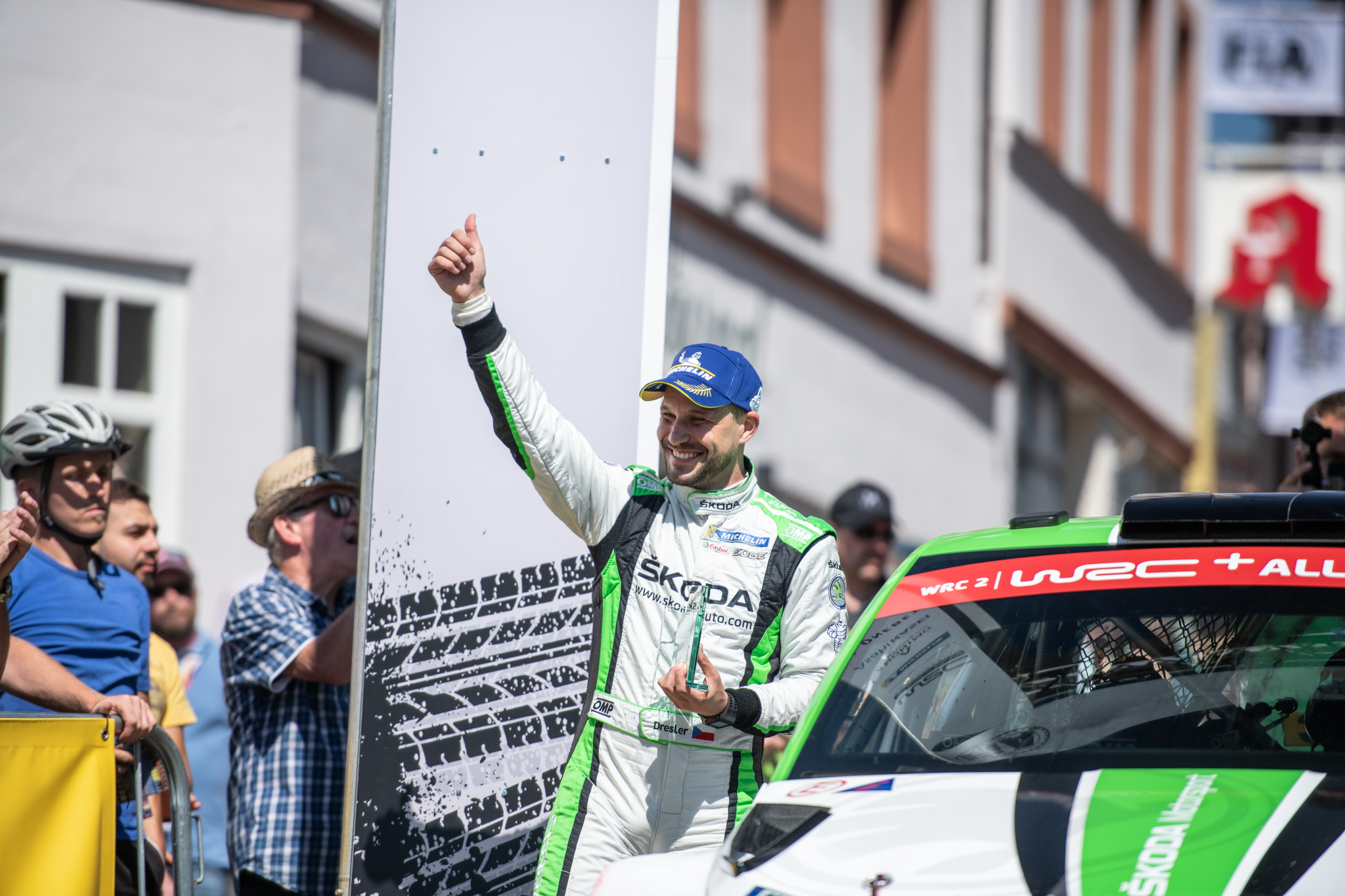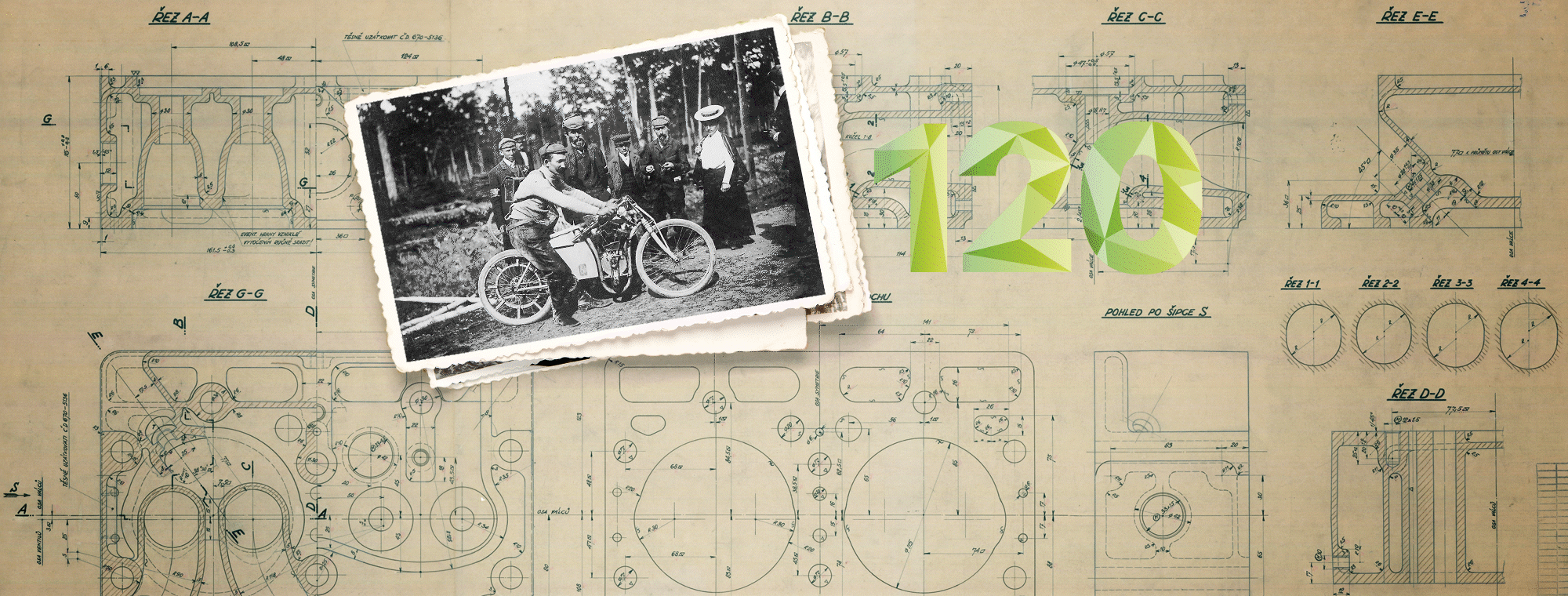Do you think that you could handle the navigator’s work yourself? Have you ever tried it?
I’m pretty sure that I know what Pavel’s work involves. But I couldn’t do it. I could probably manage the preparation, but sitting in the passenger seat really unnerves me. Besides, I’d be throwing up by the fifteenth turn in the prep run, for sure. If I’m not the one driving, I have to look out the window at least, otherwise I feel sick, and there’s no telling what state the pacenotes would end up in.
Can you say how much slower you’d be without a navigator?
It depends – it’s different for the rallies we know and for the ones we’re riding the first time. On a familiar track, the pacenotes are mostly used for covering the current conditions. We jot them down during the recce, and even if we know the route of the stages by heart, this might give us a few extra seconds. For races that we don’t know, though, this difference is a lot bigger. With an unfamiliar 20-kilometre stage, you’re talking about a difference in minutes.
How important is the personal relationship between the pilot and the navigator?
It’s different for each crew. But if my co-driver weren’t my good friend, I wouldn’t keep him in my car. I’m an Aquarius, which means that I can get certain things out of my head pretty quickly; but I spend a lot of time with my co-driver. If we had nothing to talk about, or if we didn’t have a laugh together, it wouldn’t work. It simply couldn’t work.
What rally moments have you and Pavel enjoyed the most?
Most of all, I remember when we drive to the absolute limit – the 2013 Jänner Rally, or this year’s rally in Germany. There was a lot of emotion, and that’s something you remember. We also look forward to Corsica every year, which I think is the best asphalt race in the world. There, if you’re able to do the stage at top speed from start to finish, it sends shivers down your spine. At home in the Czech Republic, our favourite is, of course, the Barum Rally. I like the tough competition there, and I love the audience. We can see from day one how everyone gets psyched up about the rallying.
















































